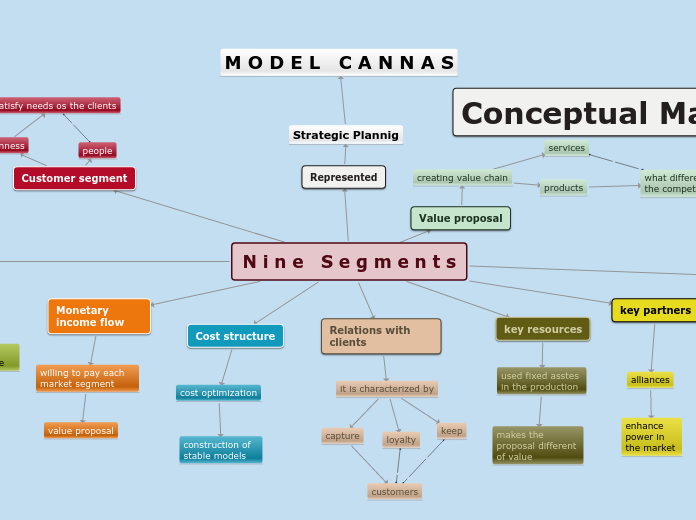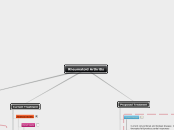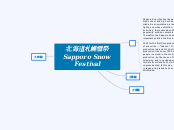realizată de Lanisse Camille Nas 8 ani în urmă
330
Problem Mapping CASE 1
Rotator cuff tendinitis and bicipital tendinitis are common shoulder ailments often seen in individuals who engage in repetitive overhead activities. These conditions can arise from structural deformities, muscle imbalances, and repetitive strain, leading to chronic inflammation and pain in the affected areas.









